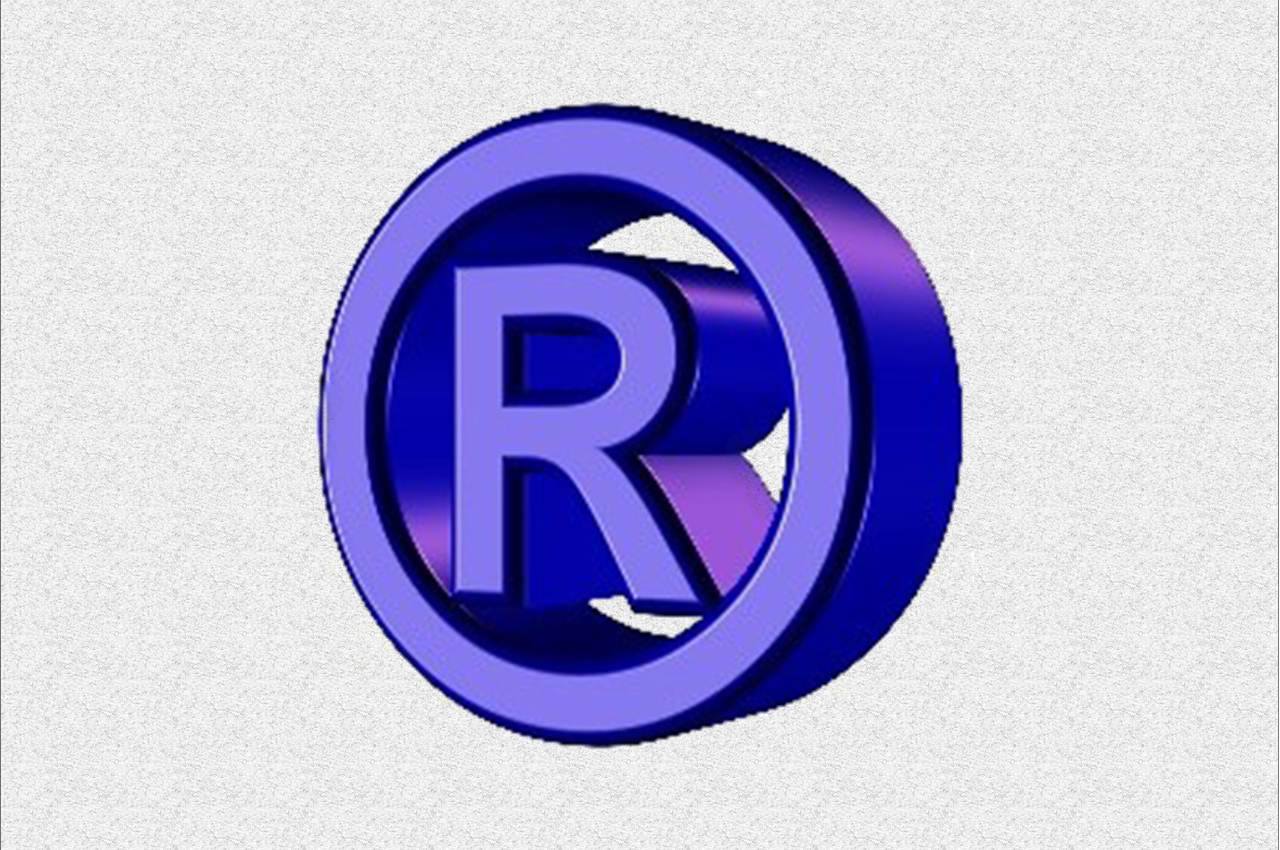Resources
Trademarkology
Good Intentions
We are two weeks into 2018. Have you kept your new year’s resolutions so far? If you are like me, you have good intentions, but that may be all you have.
If one of your intentions this year is to use a new mark with a good or service (or to begin using an existing mark with new goods or services), consider filing an intent-to-use application to register it.
Although in the United States trademark rights are generally acquired through use, there are some exceptions. If you file an intent to use application seeking federal registration of the mark, and your application proceeds to registration, your protection in the mark dates back to your application filing date, even though you were not actually using the mark at that time. This can provide you with valuable time to prepare and launch the new brand knowing that you do not have to worry about intervening filers at the United States Patent and Trademark Office (the “PTO”). If you are not sure which mark you will use for your new product line, you can file applications for more than one and defer that decision until later. But not too much later, because you will have to prove use of the mark in U.S. commerce before you can get a registration (and you may request only a limited number of extensions of time to do so).
There are some things to think about when filing an intent-to-use application. One thing to consider is that once your application is on file, it becomes publicly accessible. So your intent to use a new mark becomes public knowledge.
Most people do not spend their days combing through the PTO database (those who do become trademark attorneys). But sometimes industry publications make a practice of doing this periodically to see what new applications by major market competitors are on file and to speculate about the implications.
Recently, an online magazine speculated about what H-D U.S.A., LLC’s (Harley-Davidson’s) newly-filed intent-to-use application for the mark 48X could mean: for example, whether it would be a new product or a celebration of the anniversary of an existing one. Another publication targeting the motor vehicle market noticed that Volkswagen Aktiengesellschaft had recently filed a new intent-to-use application for the mark AMAROK. Currently, Volkswagen sells a truck under that mark outside of the U.S. and Canada, so the publication speculated that this signals a plan to begin selling the truck here as well. A little more investigation would have revealed that this is the second time Volkswagen has filed a US application for this mark. The second application was filed just as the first one was expiring because Volkswagen had exhausted all extensions of time to prove use without proving use.
Perhaps Harley-Davidson and Volkswagen enjoy this unsolicited media attention. Maybe articles like the ones cited above help generate buzz among consumers and help build interest until it is time for launch. For brand owners that are more secretive, or who wish to exert more control over the publicity surrounding their new brand, there are strategies for taking advantage of the intent-to-use application and prolonging the secrecy of a potent new mark. What are those, you ask?
We intend to resolve that mystery in a subsequent post. Stay tuned!
Read more from Trademarkology



